Europe

Women from Bohemia
This is a rare photograph of women from Bohemia. Information about women during this period is especially difficult for historians to uncover, and these sources can provide valuable insights into women’s daily lives.
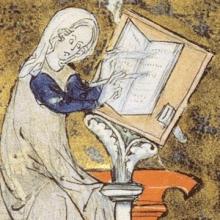
Analyzing Literary Sources
The modules in Methods present case studies that demonstrate how scholars interpret different kinds of historical evidence in world history. The video below features writing from a 14th century lai. Lais are short, poetic romances written during the Middle Ages in Western Europe.
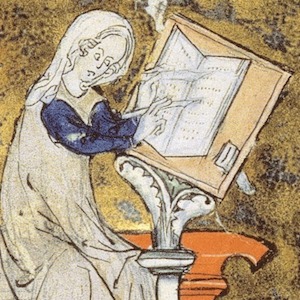
Excerpt of Le Fresne
Lais are short, poetic romances written during the Middle Ages in Western Europe. These stories were written and shared orally among nobility. Click on the image of writing to read an excerpt from the lai entitled Le Fresne. You also see an image of the author, Marie de France.
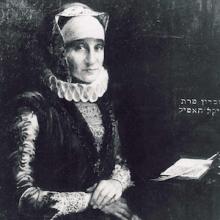
Analyzing Personal Accounts
The modules in Methods present case studies that demonstrate how scholars interpret different kinds of historical evidence in world history.. In the video below, historian Merry Wiesner-Hanks analyzes two personal accounts written by women living in northern Germany in the 17th century.
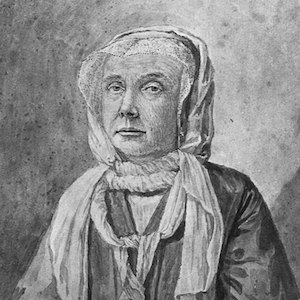
Excerpt from Memoirs by Catharina Schrader
This is a memoir written by a Protestant midwife, Catharina Schrader, who lived in Germany during the 1600s. It offers an important window into the daily lives and life cycles of non-elite women living in early modern Europe.
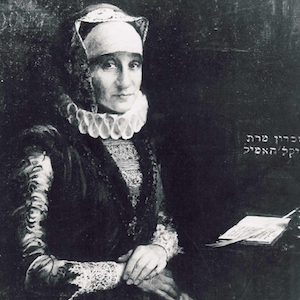
Excerpt from Memoirs by Glikl
The is a diary written by a Jewish merchant, Glikl of Hameln, a woman living in northern Germany in the 17th century.
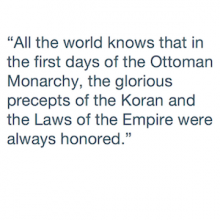
Analyzing Official Documents
The modules in Methods present case studies that demonstrate how scholars interpret different kinds of historical evidence in world history. In the video below, historian Dina Khoury analyzes two official proclamations by the government of the Ottoman Empire.
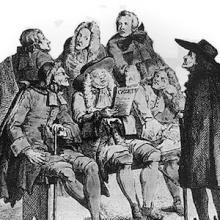
Analyzing Newspapers
The modules in Methods present case studies that demonstrate how scholars interpret different kinds of historical evidence in world history.
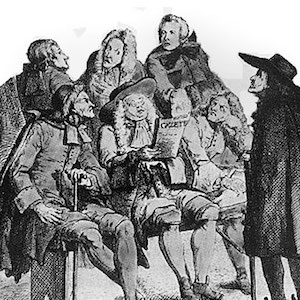
People Reading the Gazette
This is an image of the reading public in 18th century France. This image can tell us about who read newspapers, how they read them, and how easy or difficult it was to access newspapers.

Taking of the Bastille
This color print emphasizes the populace’s participation in the storming of the Bastille, showing the urban population fighting under a red banner with muskets, swords, and pikes against the royal soldiers.